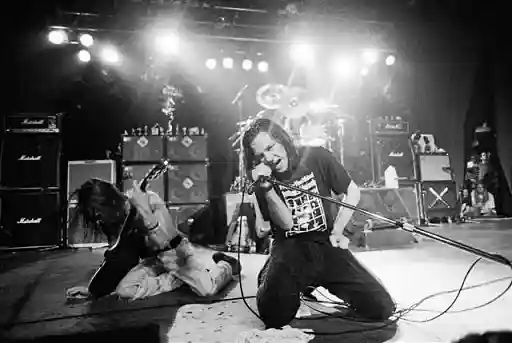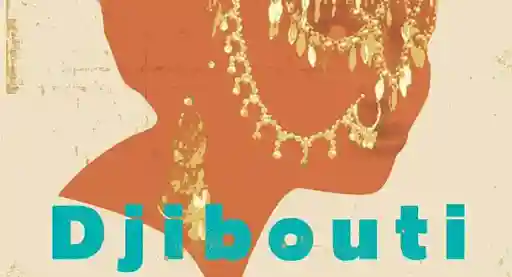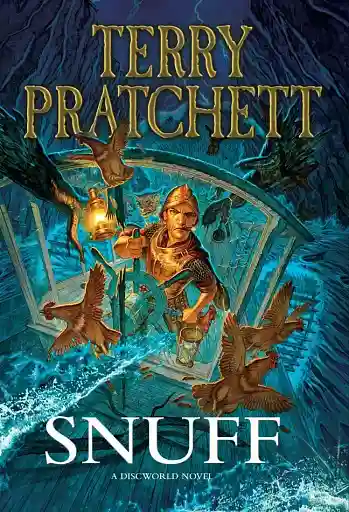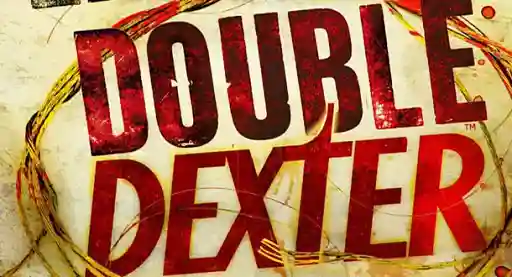Bookshots: Pumping new life into the corpse of the book review
Title:
How to Be a Heroine: Or, What I’ve Learned from Reading too Much
Who wrote it:
British playwright Samantha Ellis.
Plot in a Box:
How to Be a Heroine falls somewhere between literary criticism and memoir. Ellis teases apart what makes the Lizzy Bennets and Cathy Earnshaws of the world tick, and what they’ve contributed to her own life.
Invent a new title for this book:
It's impossible to read too much, so I'd change the second half of the title to Or, What I've Learned From Reading Just the Right Amount. Rolls off the tongue, doesn't it?
Read this if you like:
Any of the books being analyzed: Pride and Prejudice, Jane Eyre, Gone with the Wind, J.D. Salinger, etc. Basically, if you like to read at all, you’ll probably recognize some of the works discussed here.
Meet the book's lead:
Aside from the dozens of heroines to pick from, Samantha Ellis herself as she navigates young adulthood in a tight-knit Iraqi Jewish community.
Said lead would be portrayed in a movie by:
Against my better judgment, I couldn’t help but picture Ellis as Nia Vardalos of My Big Fat Greek Wedding. I think it had to do with all the descriptions of a dominant, interfering family.
Setting: Would you want to live there?
There are way too many potential settings to accurately answer this question.
What was your favorite sentence?
I know Lizzy would laugh at me, but on my first attempt at resisting convention, my hair caught fire. If the same thing had happened to her when she refused Mr. Collins, would she have been able to do it again?
The Verdict:
Paging through some of literature’s greatest heroines is a fun way to spend an afternoon. Ellis is an excellent guide, interweaving fictional lives with her own in a way that balances the lightest tales with the darkest. Her reflections on a conservative childhood and how books offered indispensable companionship and insight will hit a soft spot for anyone who grew up reading late into the night beneath the covers.
I was excited to see that Scarlett O’Hara (a heroine I’ve always admired for her fierceness and gumption) merited her own section despite her flaws, among other heroines who are less often praised or discussed. Ellis doesn’t just stick to the easy pickings— those heroines who are household names or align well with modern standards of morality. She tackles second-wave feminism titles and bodice-rippers like Jilly Cooper’s Riders. There are also heroines like Clara of Antonia White’s Frost in May, whom Ellis calls “difficult, isolated, introspective and sometimes terrifyingly blank and disengaged.”
Cultural references range from Anne Shirley to Angela Carter and Wes Anderson, yet Ellis finds ways to not only connect these stories to one another, but to her own life as well. Although the events of the author’s own past take up far less page space than the literary analysis, what she does choose to incorporate is both humorous and pensive. The conflict of familial versus romantic love is a topic that surfaces repeatedly, as well as themes of feminism (unsurprisingly), and religious devotion.
I have to be honest and admit that I wasn’t familiar with all the characters that became part of the dialogue in this book, but that never bothered me much. I found myself scrolling through my library’s online catalogue for the titles, and I’m looking forward to returning to How to Be a Heroine once more to read Ellis’ commentary. It’s hard to fault a book that loves other books so much.

About the author
Leah Dearborn is a Boston-based writer with a bachelor’s degree in journalism and a master’s degree in international relations from UMass Boston. She started writing for LitReactor in 2013 while paying her way through journalism school and hopping between bookstore jobs (R.I.P. Borders). In the years since, she’s written articles about everything from colonial poisoning plots to city council plans for using owls as pest control. If it’s a little strange, she’s probably interested.







